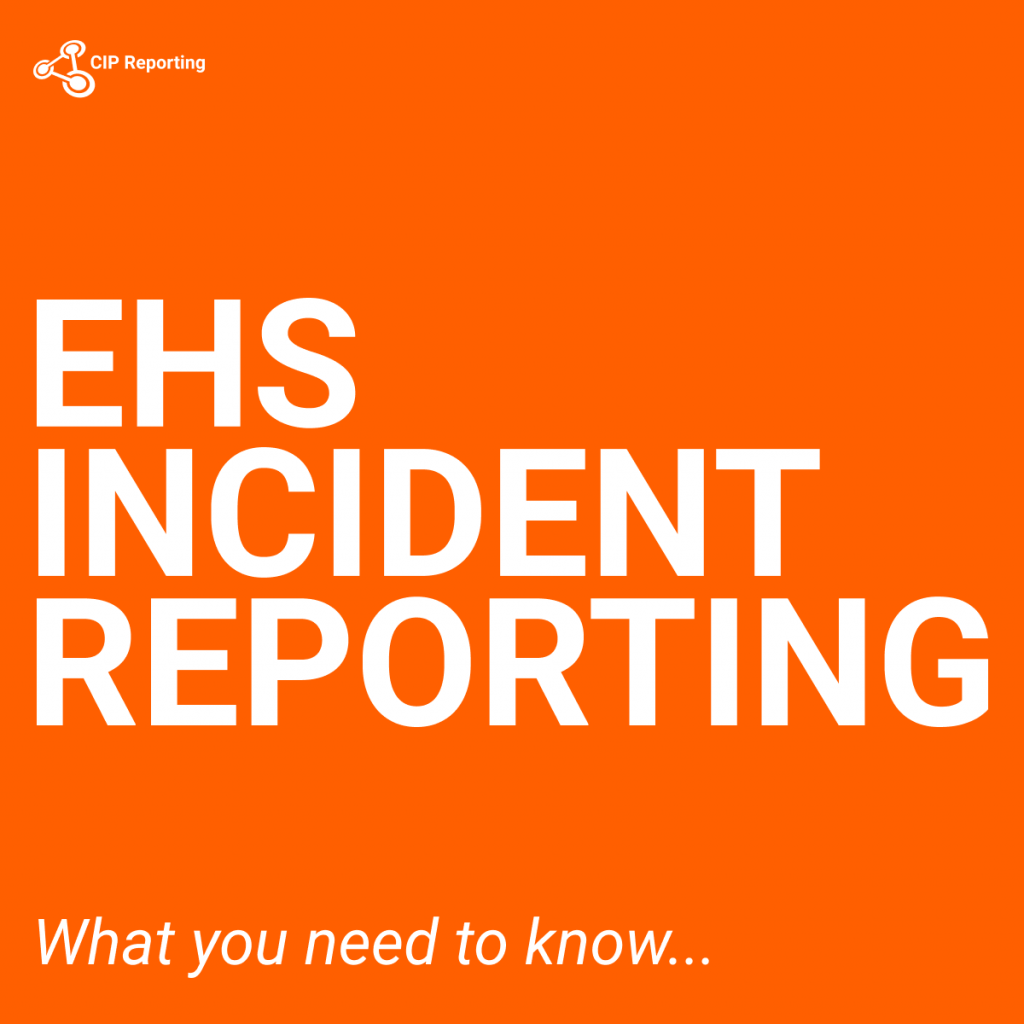Incidents can happen anywhere, anytime, and to anyone. The same holds for Environmental, Health, and Safety (EHS) incidents, which can have devastating consequences on the health and wellbeing of people and the environment. That’s why EHS incident reporting is crucial in identifying, analyzing, and preventing potential hazards and risks.
This article will cover the importance of EHS incident reporting, the procedures for reporting incidents, and best practices for effective EHS incident reporting.
Importance of EHS Incident Reporting
EHS incident reporting is crucial for various reasons, including:
Identifying Hazards and Risks
EHS incident reporting helps identify potential hazards and risks within an organization. By analyzing reported incidents, organizations can determine where potential hazards and risks are and take appropriate action to mitigate them.
Compliance with Regulations
EHS incident reporting is also important for compliance with regulations. Many countries have regulations in place that require organizations to report EHS incidents. Failure to comply with these regulations can result in fines, penalties, or legal action.
Improving Safety Culture
EHS incident reporting helps improve safety culture within an organization. By encouraging employees to report incidents, organizations can demonstrate their commitment to safety and show that they take safety seriously.
Procedures for Reporting EHS Incidents
Organizations should have a clear and concise procedure for reporting EHS incidents. The procedure should include the following steps:
1. Identify the incident and the severity of the incident.
2. Report the incident to the appropriate person or department.
3. Collect and preserve evidence related to the incident.
4. Investigate the incident to determine the root cause(s).
5. Implement corrective actions to prevent the incident from happening again.
Best Practices for Effective EHS Incident Reporting
To ensure effective EHS incident reporting, organizations should follow these best practices:
1. Encourage employees to report incidents, near misses, and potential hazards, not only when an incident actually occurs.
2. Provide training on EHS incident reporting and investigation.
3. Use a standardized incident reporting form.
4. Ensure confidentiality for those reporting incidents, since this will encourage your team to report even more.
5. Review and analyze incident reports regularly to identify trends and areas for improvement.
6. Share incident reports and learnings with employees to improve safety culture.
EHS incident reporting is crucial for identifying, analyzing, and preventing potential hazards and risks. By following clear procedures and best practices for effective EHS incident reporting, organizations can improve safety culture and demonstrate their commitment to the health and wellbeing of people and the environment.
We know this might sound hard and with a lot of steps, but with the right partner, it can be simple and goal orientated. Don’t waste your precious time finding a way of building this process from scratch and let us help you build your highly configurable and automated workflow.

